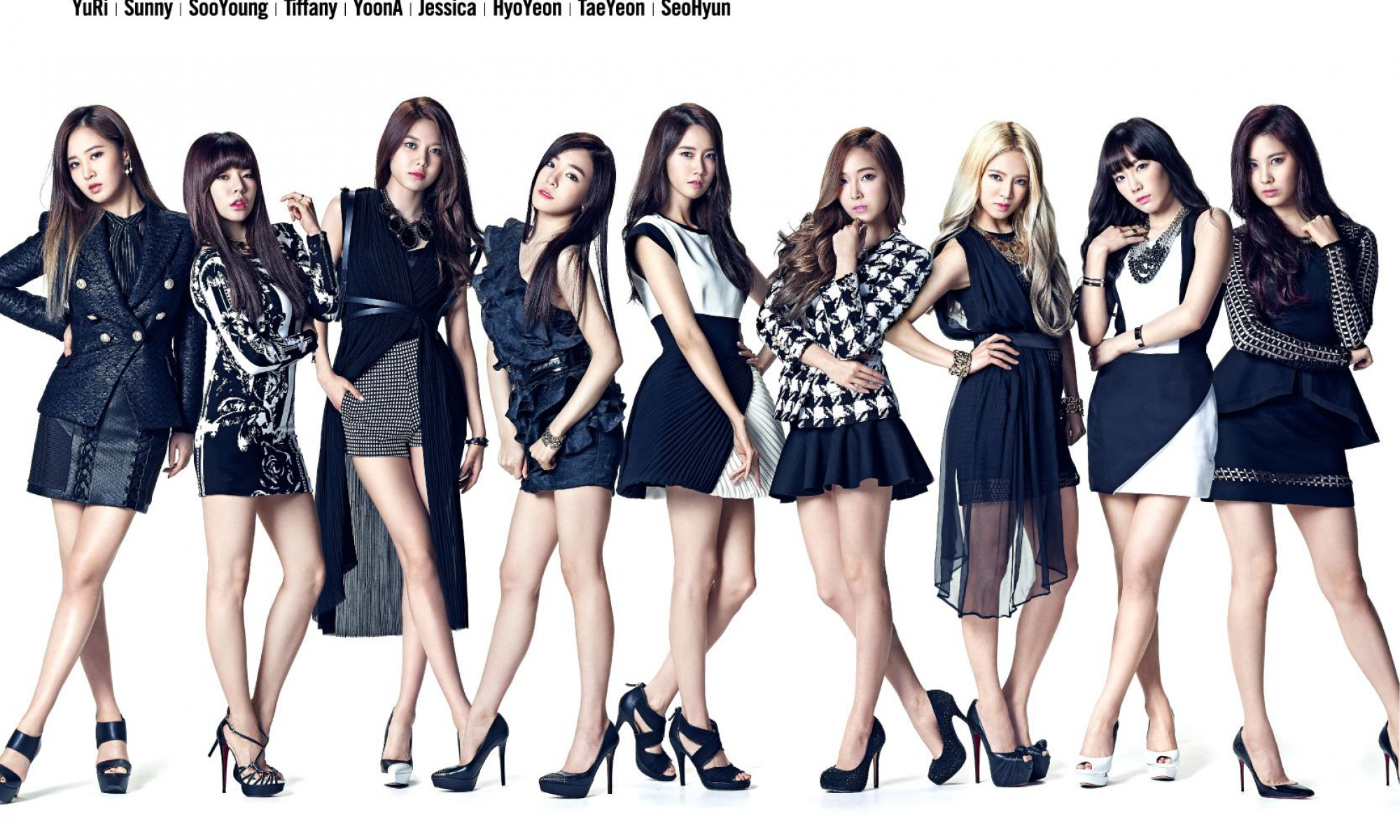In this video analysis, the main characteristics of “party” will be introduced and analyzed involving self-breakthrough, sexual exposures, social media influences and cultural interactions.
“Party” is a music video recorded by Girls’ Generation as the lead single for their fifth albumLion Heart on July 7,2015. This mv was shoot in Ko Samui, Tailand and shows beach scenes in which members have happy party time. And soon after the release, “party” gained almost all first prize in major music broadcasting including KBS‘s Music Bank, MBC‘s Show! Music Core, and SBS‘ Inkigayo.
The breakthrough is undoubtedly one of the crucial reasons for success. The “party” used a lot of elements of styling and scene setting that is seldom employed in traditional K-pop music videos. The genre of this song is oriented to Bubblegum pop or electropop. Lyrically, it showsgirls are calling for an exciting and long-lasting seaside party. Group members are wearing Bohemian tops, denim shorts and hair accessories that match with the holiday beach style. These elements contribute to depict a warm and active party atmosphere that is very fresh and attractive for audiences. In the highly competitive k-pop industry, it is not an easy job to always come up with creative and novel production to grab audiences’ attention.
Girls’ Generation have already established great market impact and fanbase at the time this mv is launched, which means that body exposure is no longer an essential strategy for them to attract audiences and increase popularity. however, from this music movie we can still see some trails of K-pop obsession with long legs. Although it is reasonable to wear swimsuit and clothes with some body exposure in beach scene setting, we should be aware that bare female legs are being used as marketing tool and branding technique to build enticing female body images and “impeccably executed” Korea female idols in K-pop (Epstein and Joo 2012, 14).The physical perfection increase the anxiety and dissatisfaction about body image among audiences and build a transnational imagination for Korean ‘beauty’ and ‘femininity’ for international audiences (Epstein and Joo 2012, 2).
It’s worth noting that this is the first time that Girls’ Generation appears in swimsuit in official mv shooting since their debuting. This first try is proved to be successful. Immediately after the preview is published, “Girls’ Generation Swimsuit” hit the real-time search list. This suggests that the strong presence of K-pop idols on social media like Twitter and Facebook has accelerated the promotion of Hallyu transnationally. Also with the deployment of K-pop fans, messages from famous idols including photos and videos become even more visible in international social media spaces and become a dynamic how K-pop stars enlarge their popularity and influence (Jung 2015,74).
Apart from domestic success, “party” also acquires mass views on YouTube as well as substantial digital downloads in overseas market. This attributes to the internationalized elements of styling, music production and choreography. “Party” use Korean and English mixing lyrics and this strategy can be used in cultural hybridization to improve the globalization of K-pop culture (Jin and Ryoo 2014, 128). Besides, as suggested by Otmazgin, people shared the same living experience or cultural immersions are more likely to resonate even with transnational identity (2016,2). The “party” mv depicts scenes where young girls dressed up, party and drinking lemon soju, mojito and tequila. Although some mv scenarios are well-rehearsed and never happens naturally in daily life, audiences feel familiar and cordial
when they see these similarities. This is very beneficial in closing the gap between K-pop idols and transnational fans and therefore, enhance the power of hallyu.
Bibliogapghy:
Epstein, Stephen, and Rachael M. Joo. “Multiple Exposures: Korean Bodies and the Transnational Imagination.” The Asia-Pacific Journal10, no. 33 (2012): 1-24.
Jin, Dal Yong, and Woongjae Ryoo. “Critical Interpretation of Hybrid K-Pop: The Global-Local Paradigm of English Mixing in Lyrics.” Popular Music and Society37, no. 2 (2012): 113-31.
Jung, Eun-Young. “New Wave Formations: K-Pop Idols, Social Media, and the Remaking of the Korean Wave.” In Haley 2.0: The Korean Wave in the Age of Social Media, edited by Sangjoon Lee and Abé Mark Nornes. 73-89. Ann Arbor: University of Michigan Press, 2015.
Otmazgin, Nissim Kadosh. “A New Cultural Geography of East Asia: Imagining a ‘region’ through Popular Culture.” The Asia-Pacific Journal14, no. 7 (2016): 1-12.

